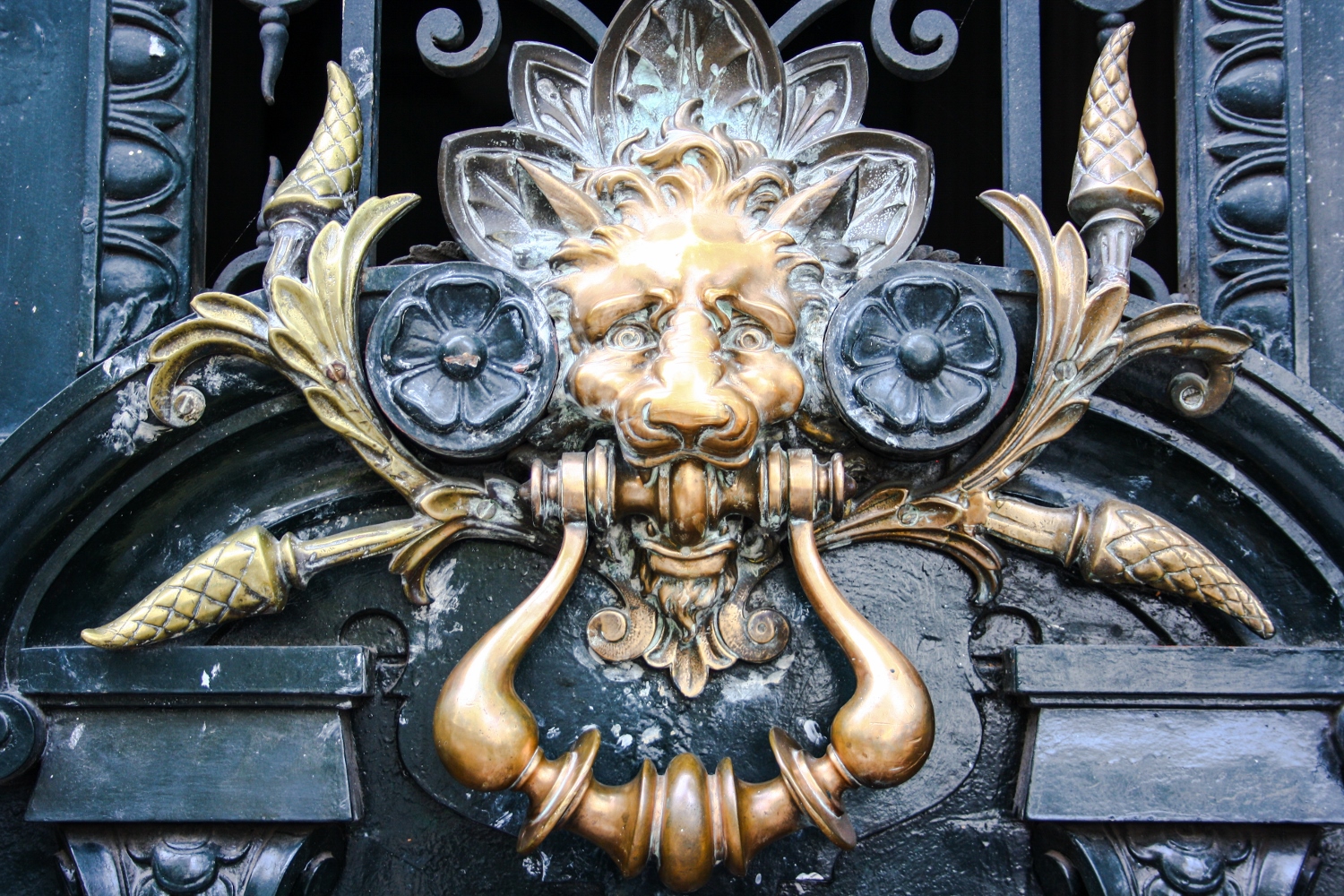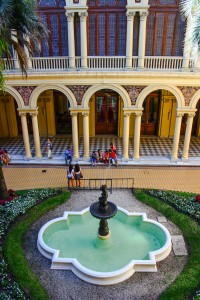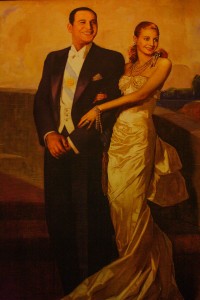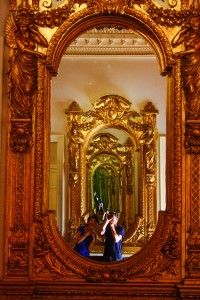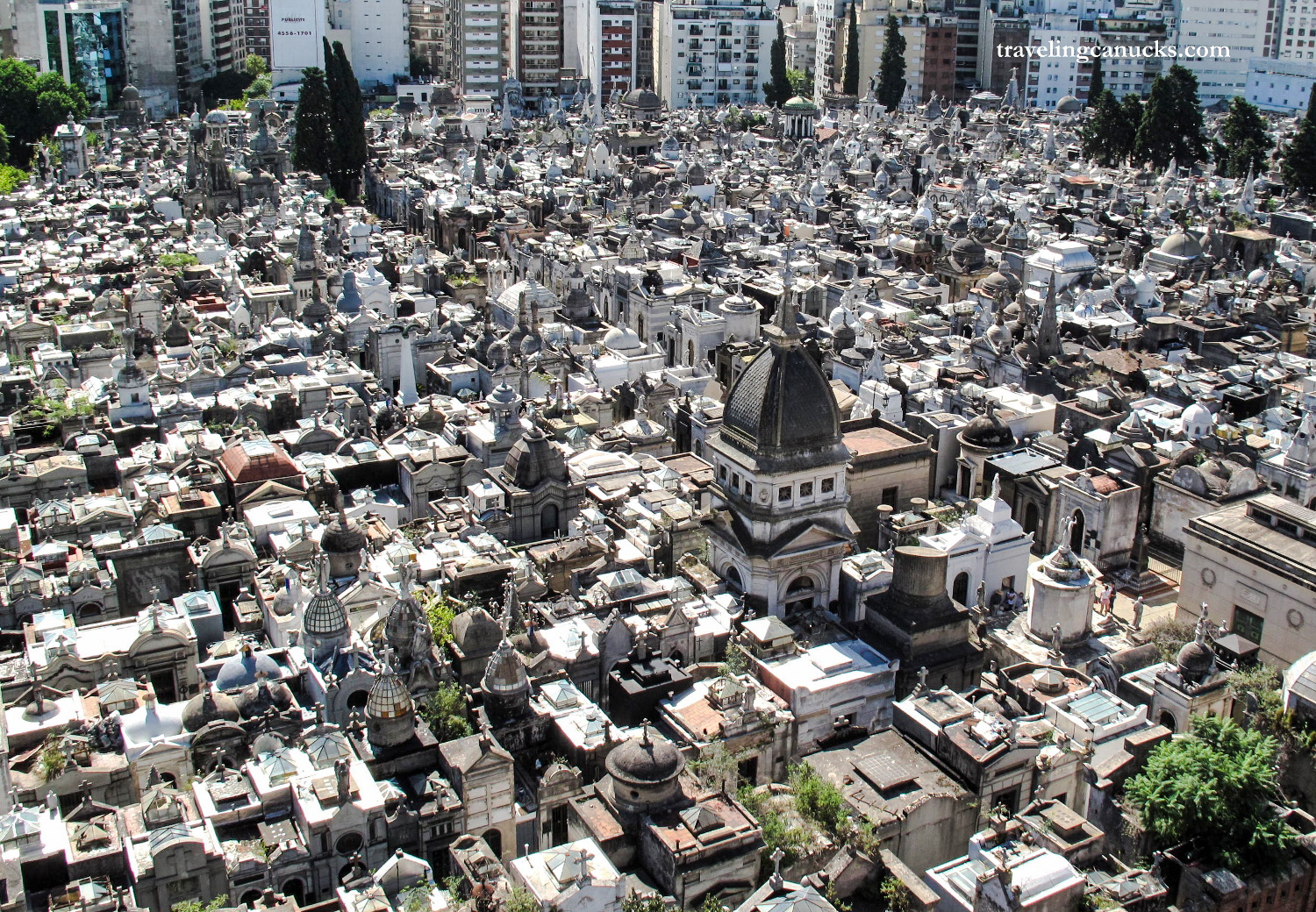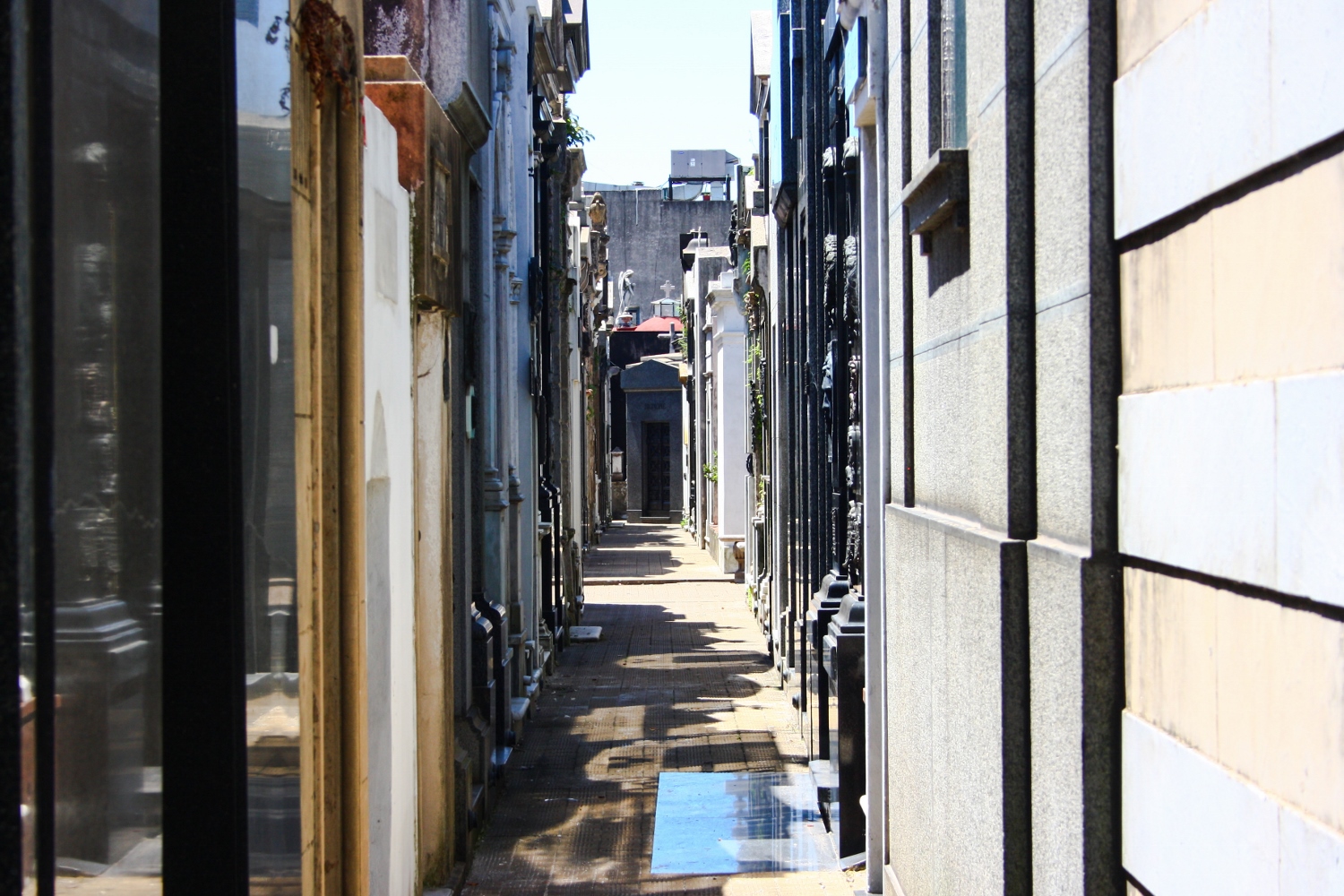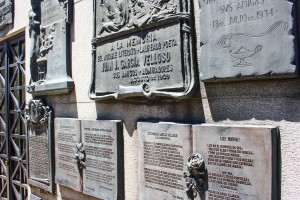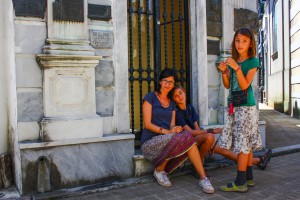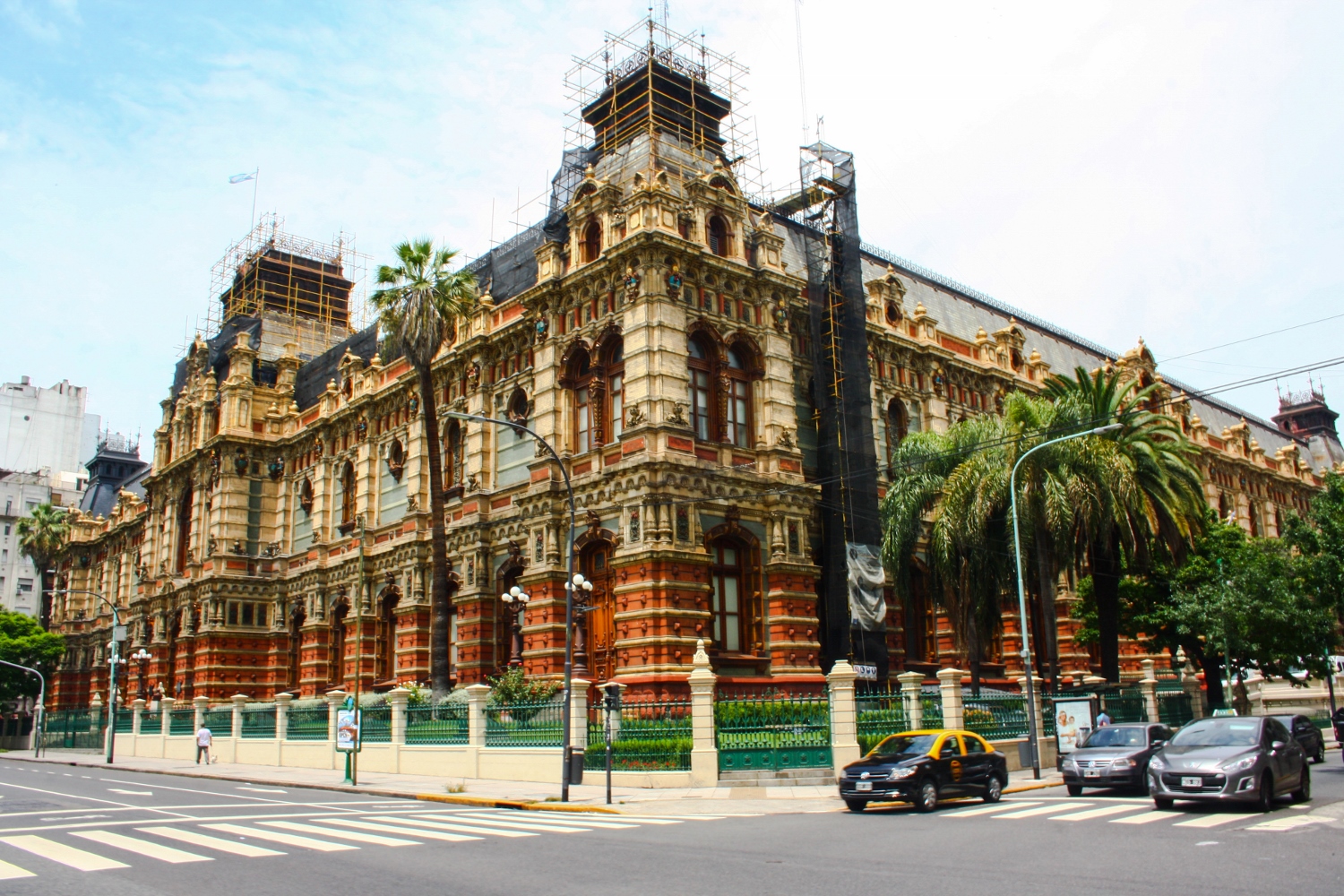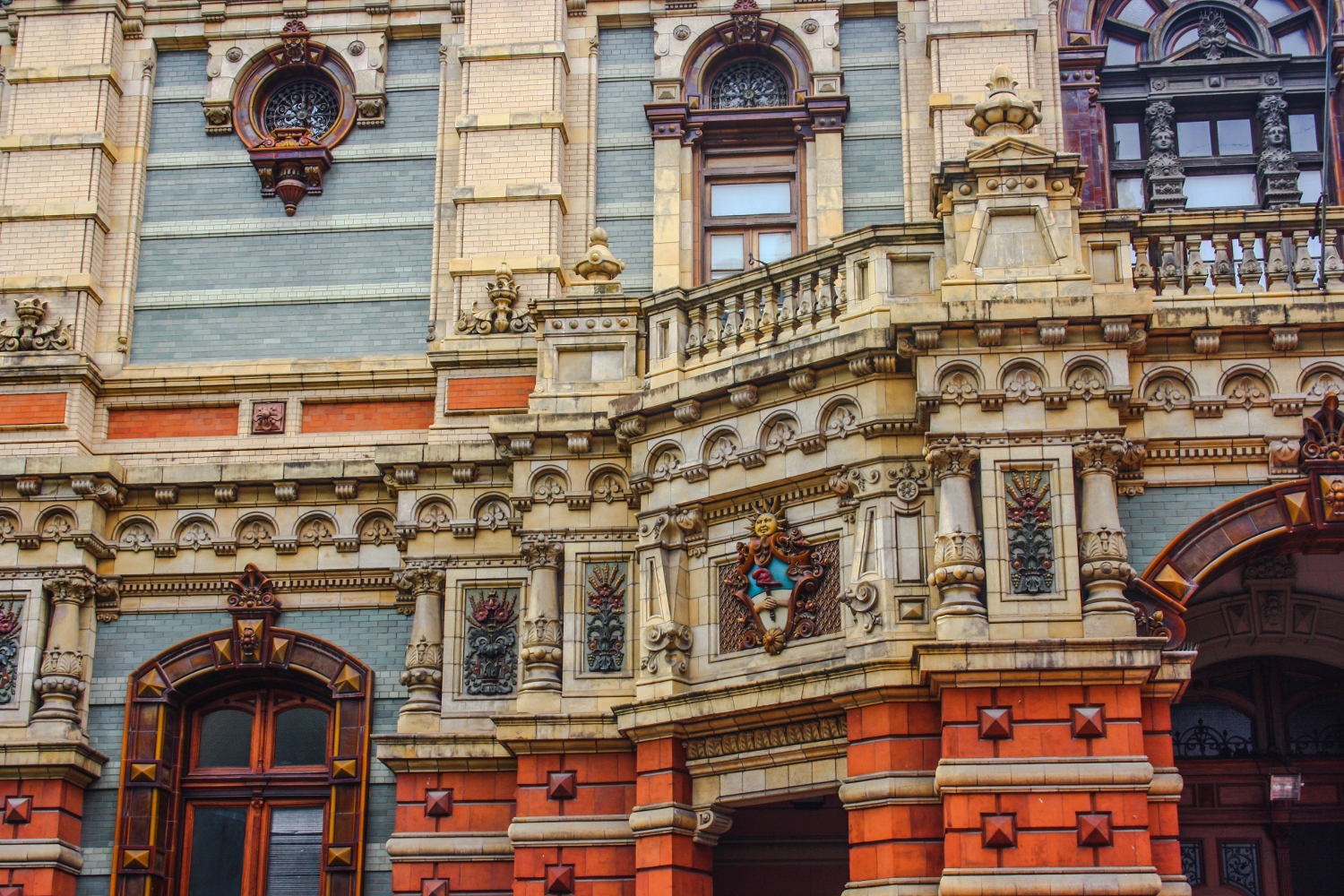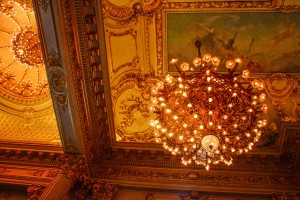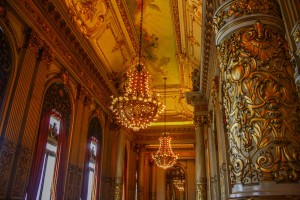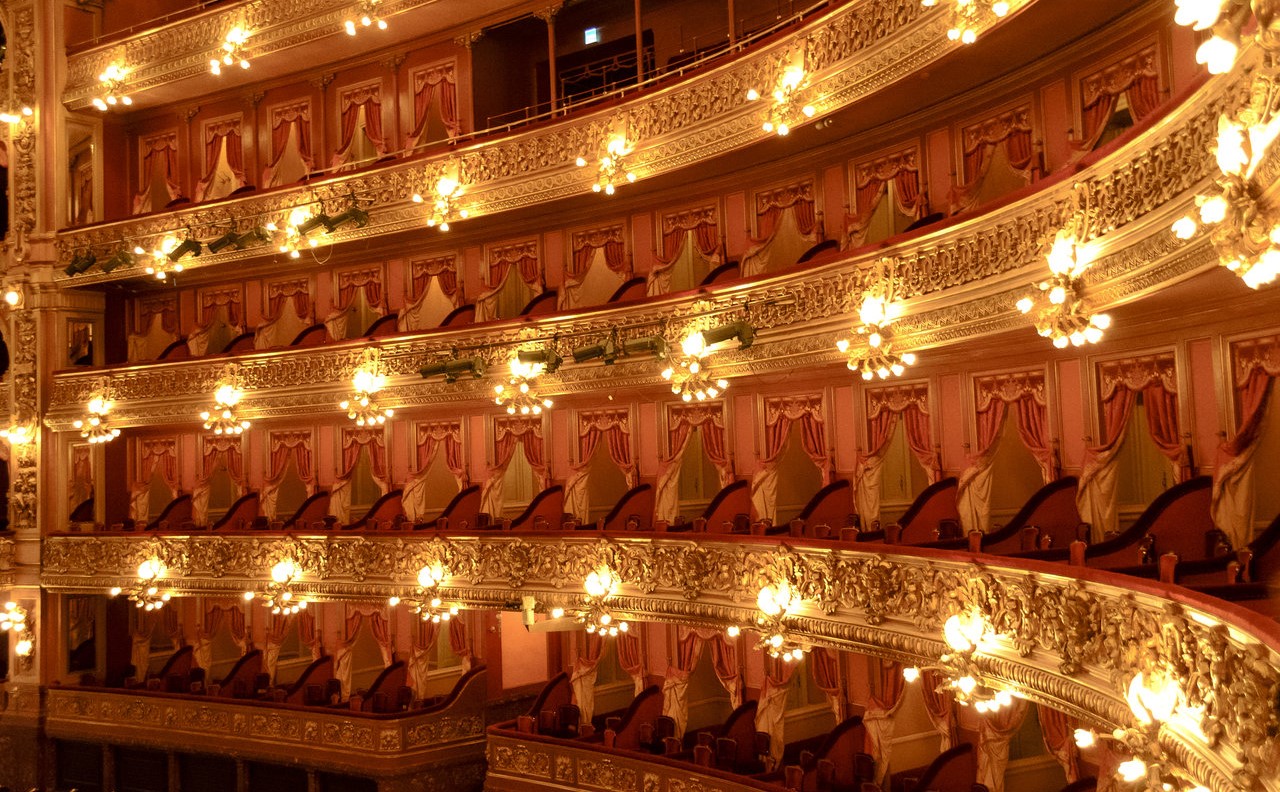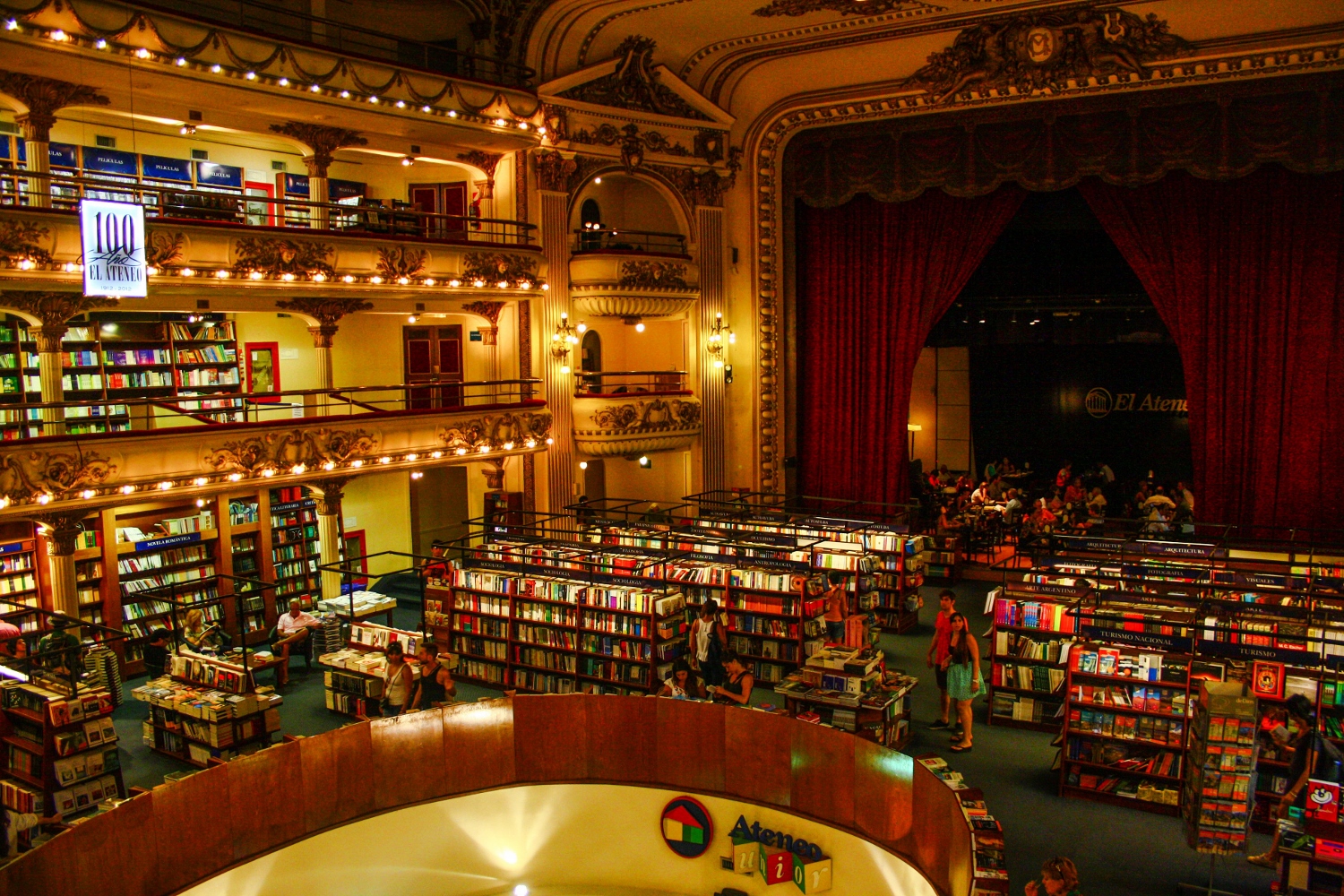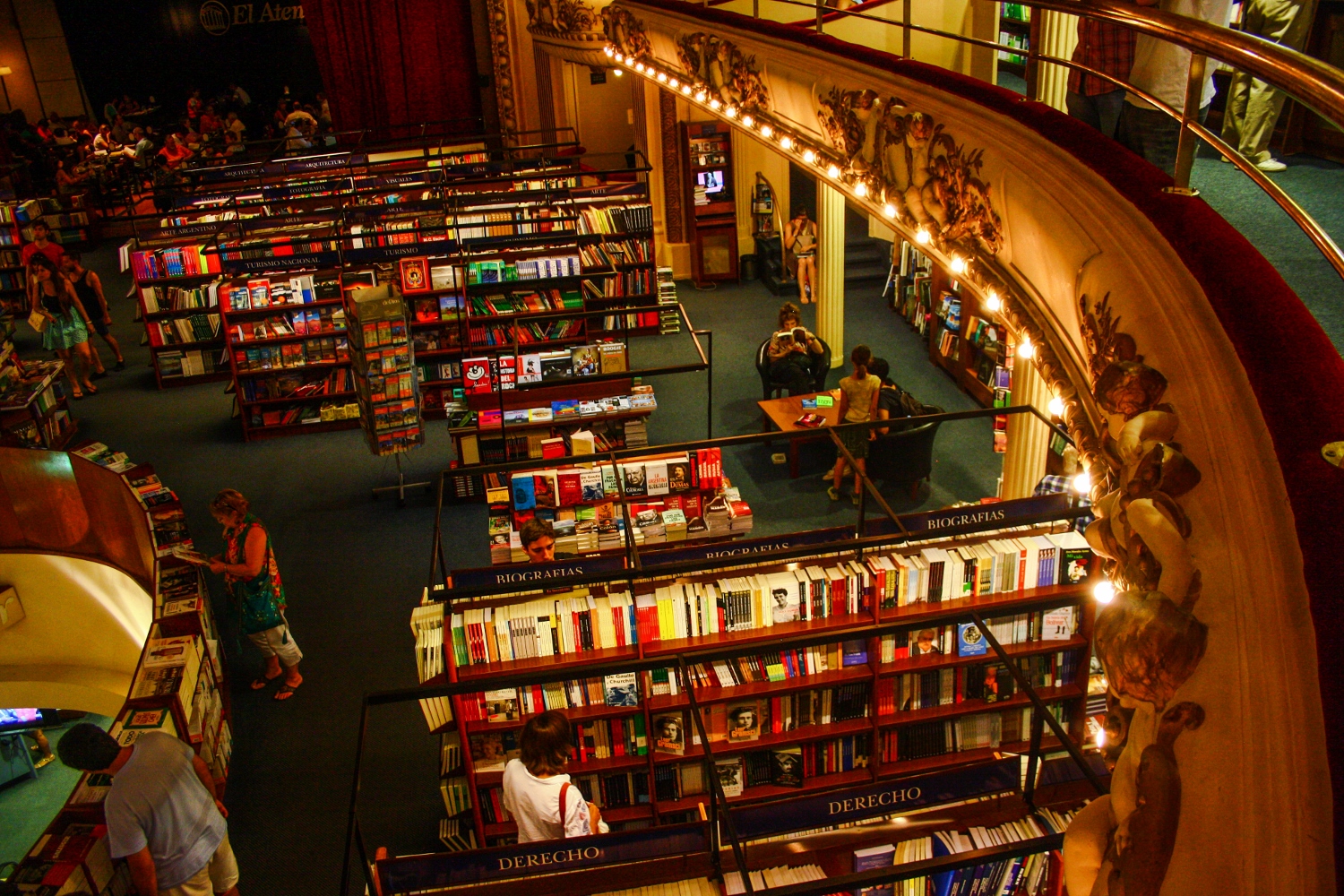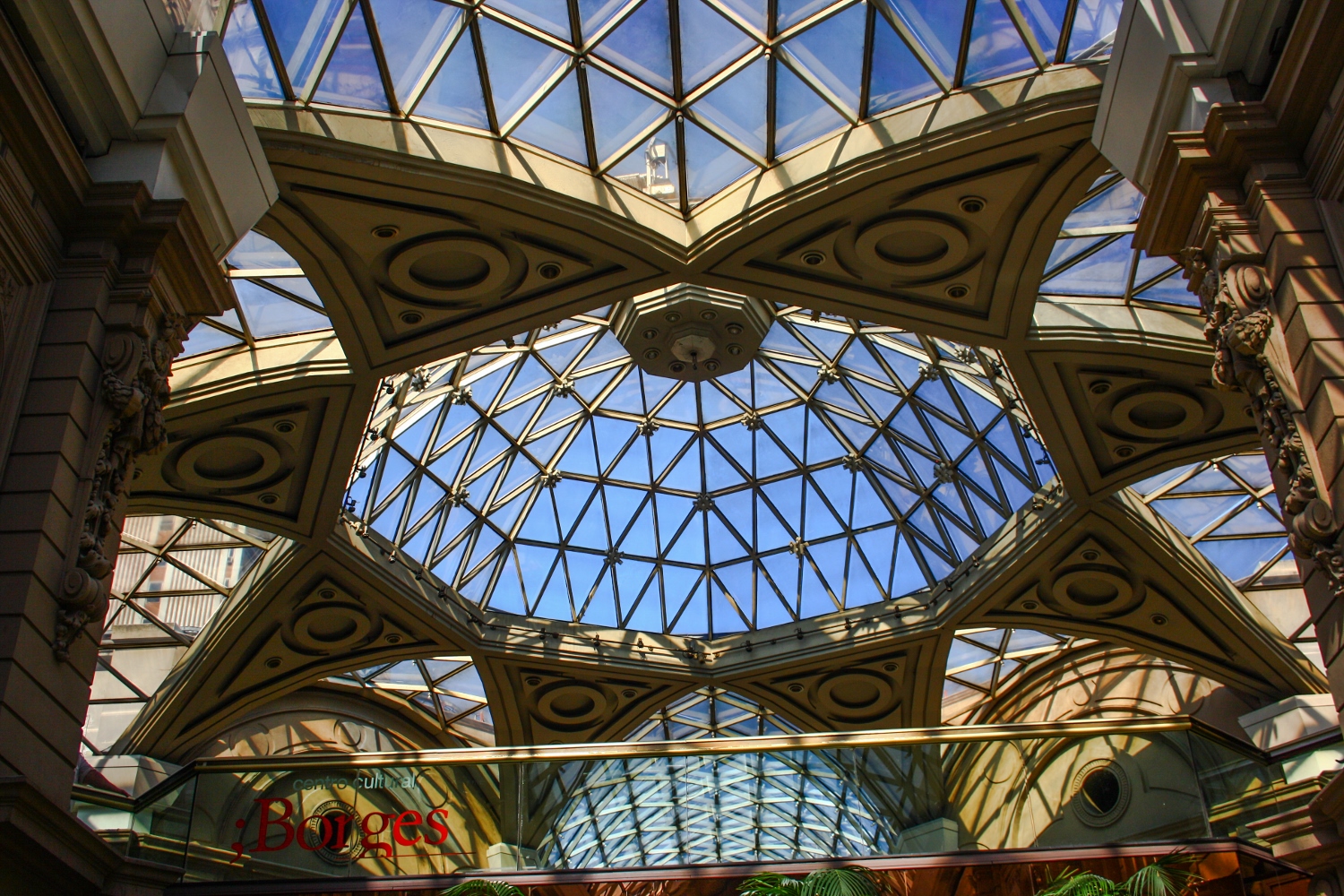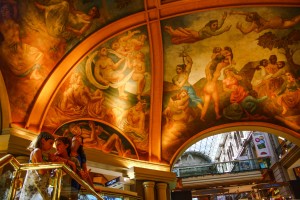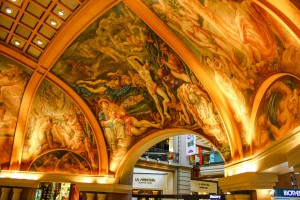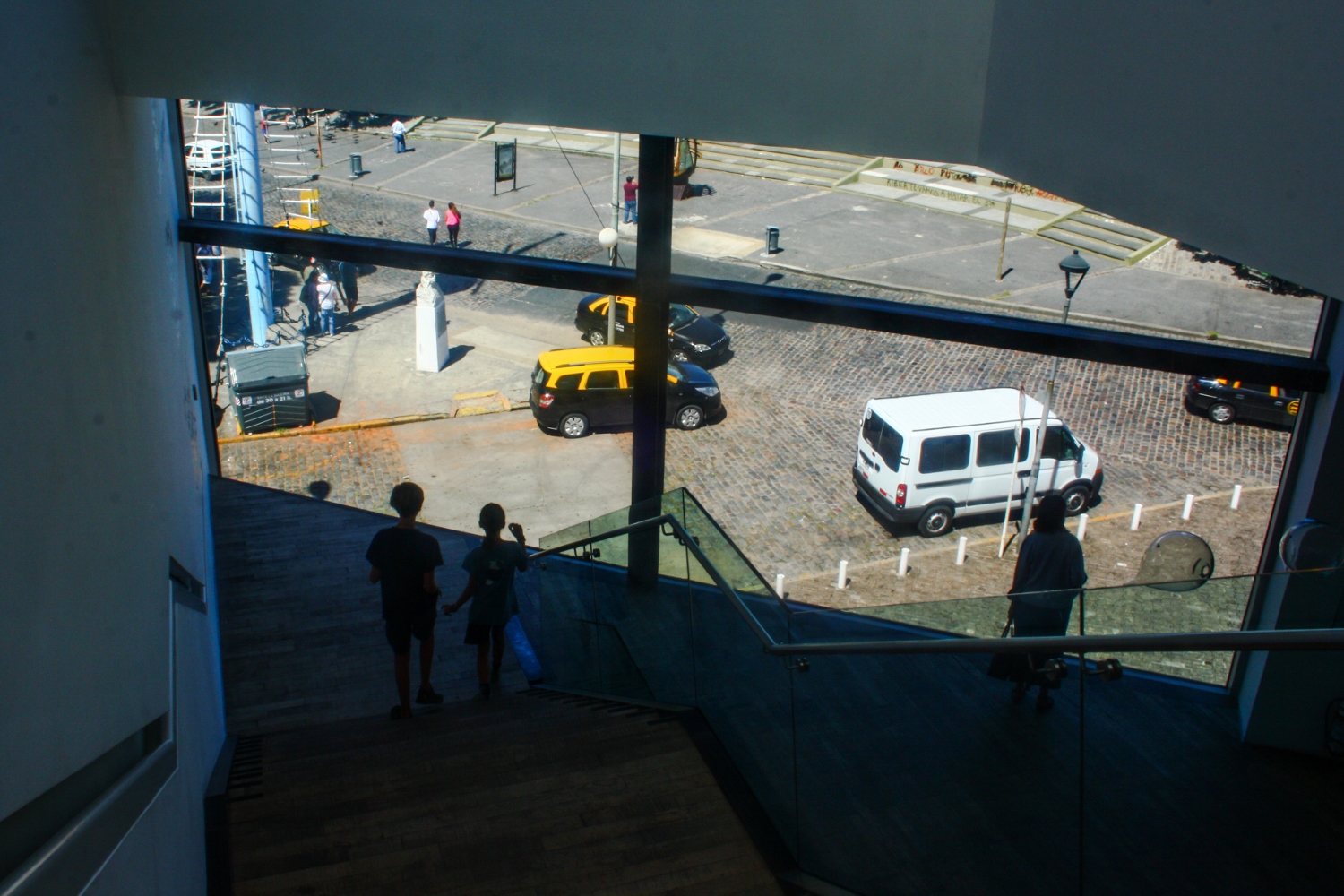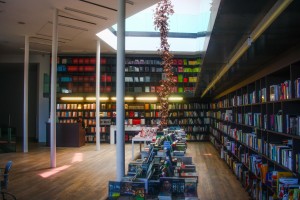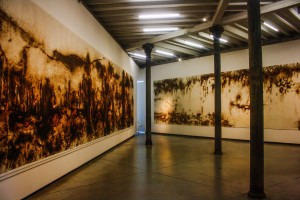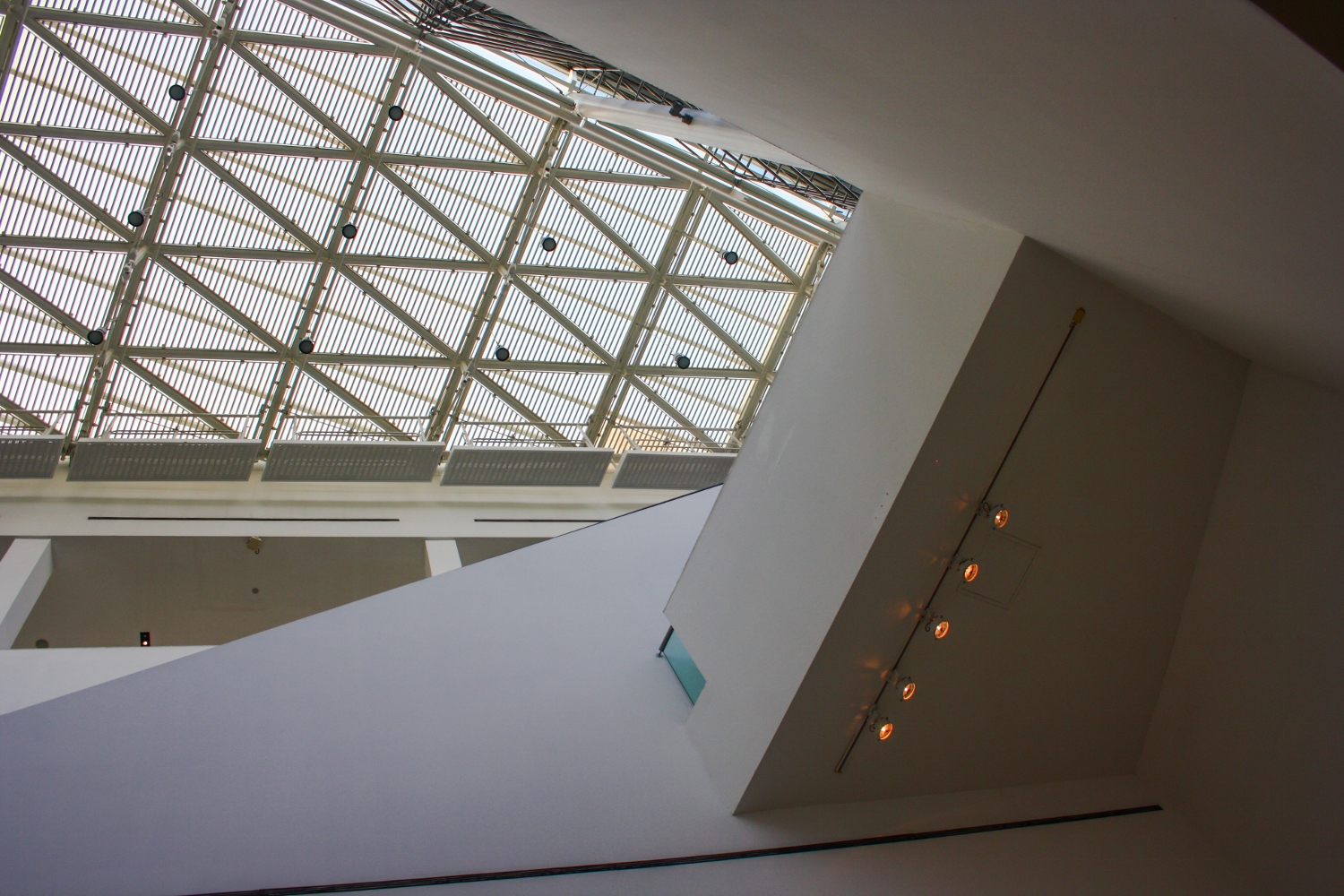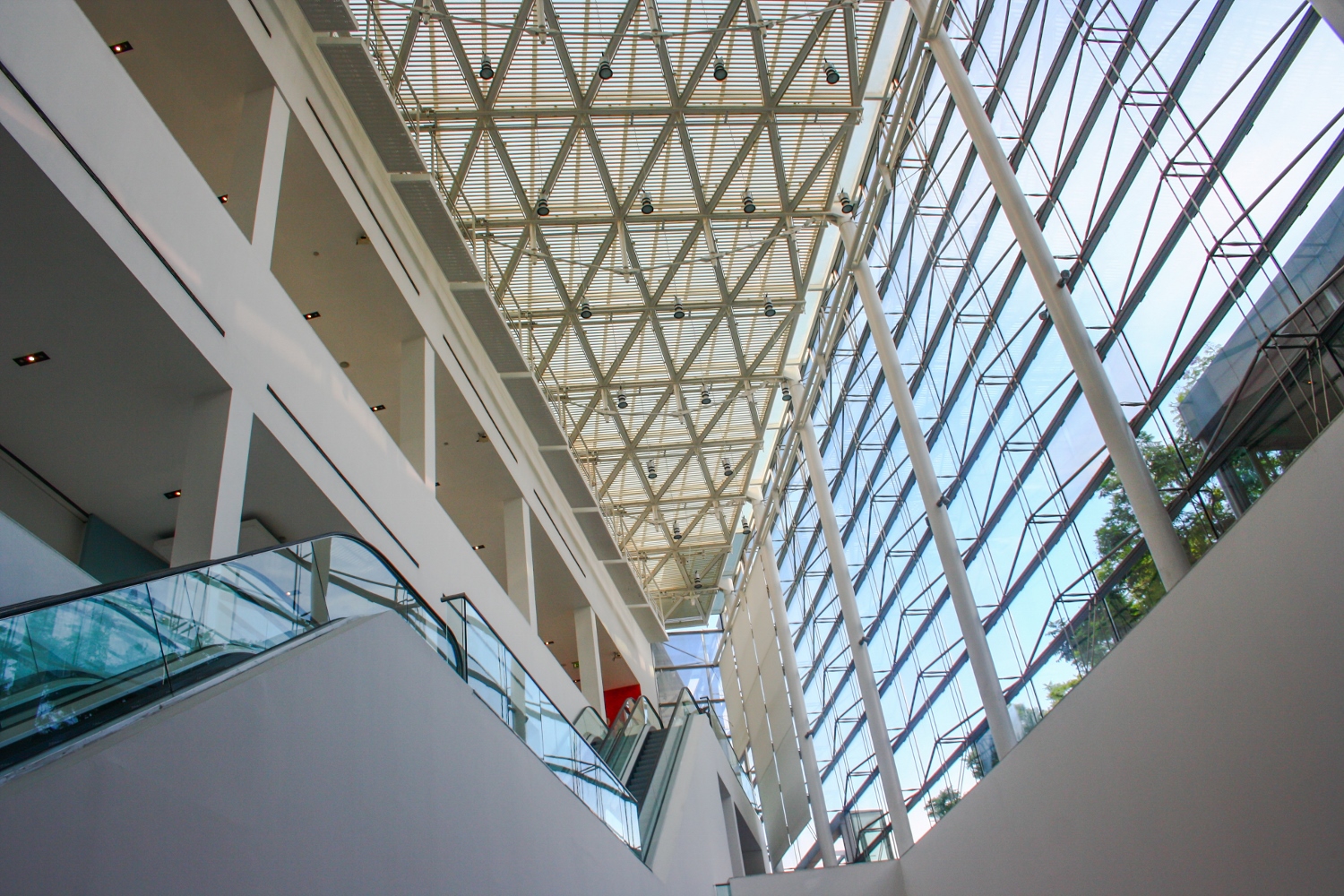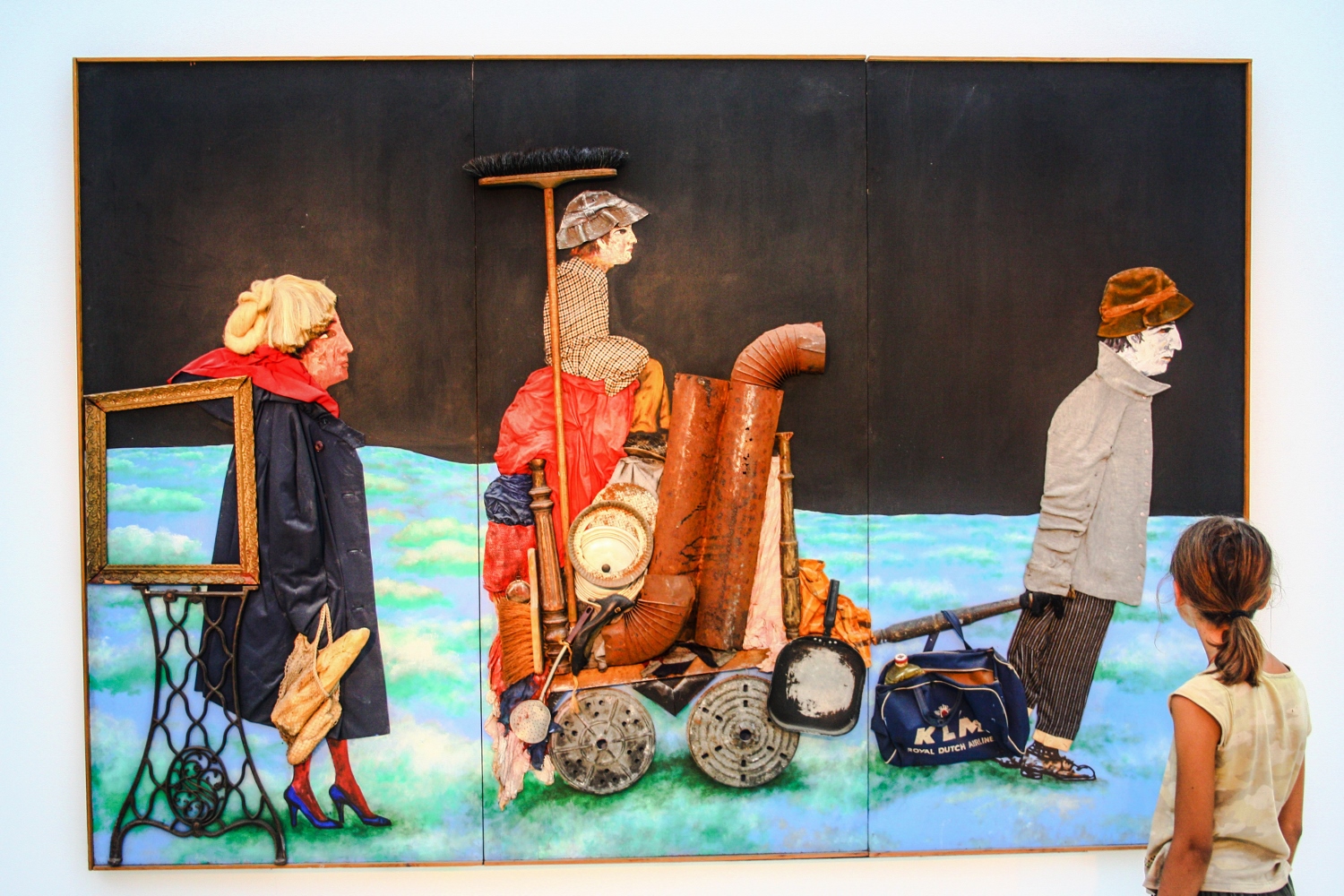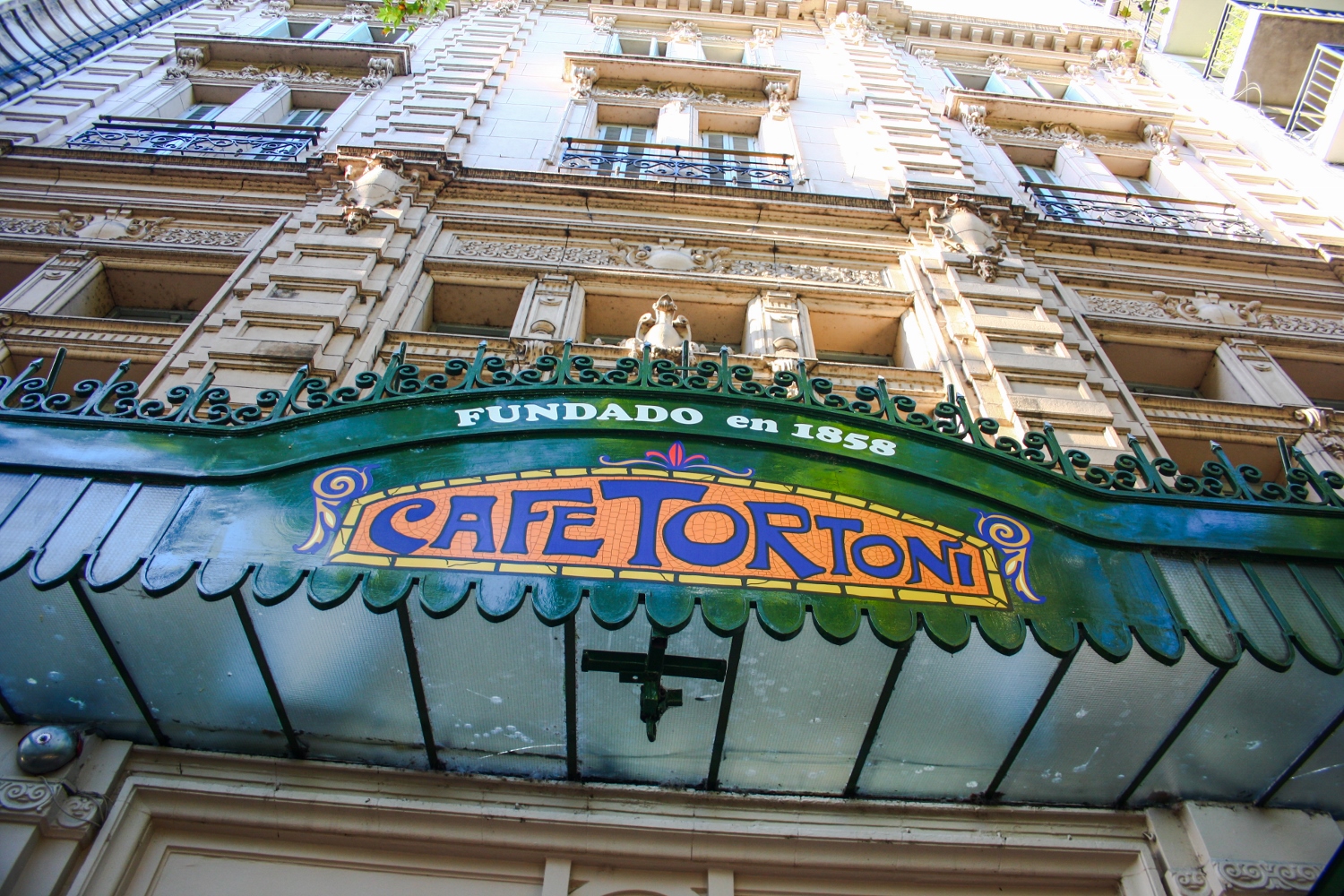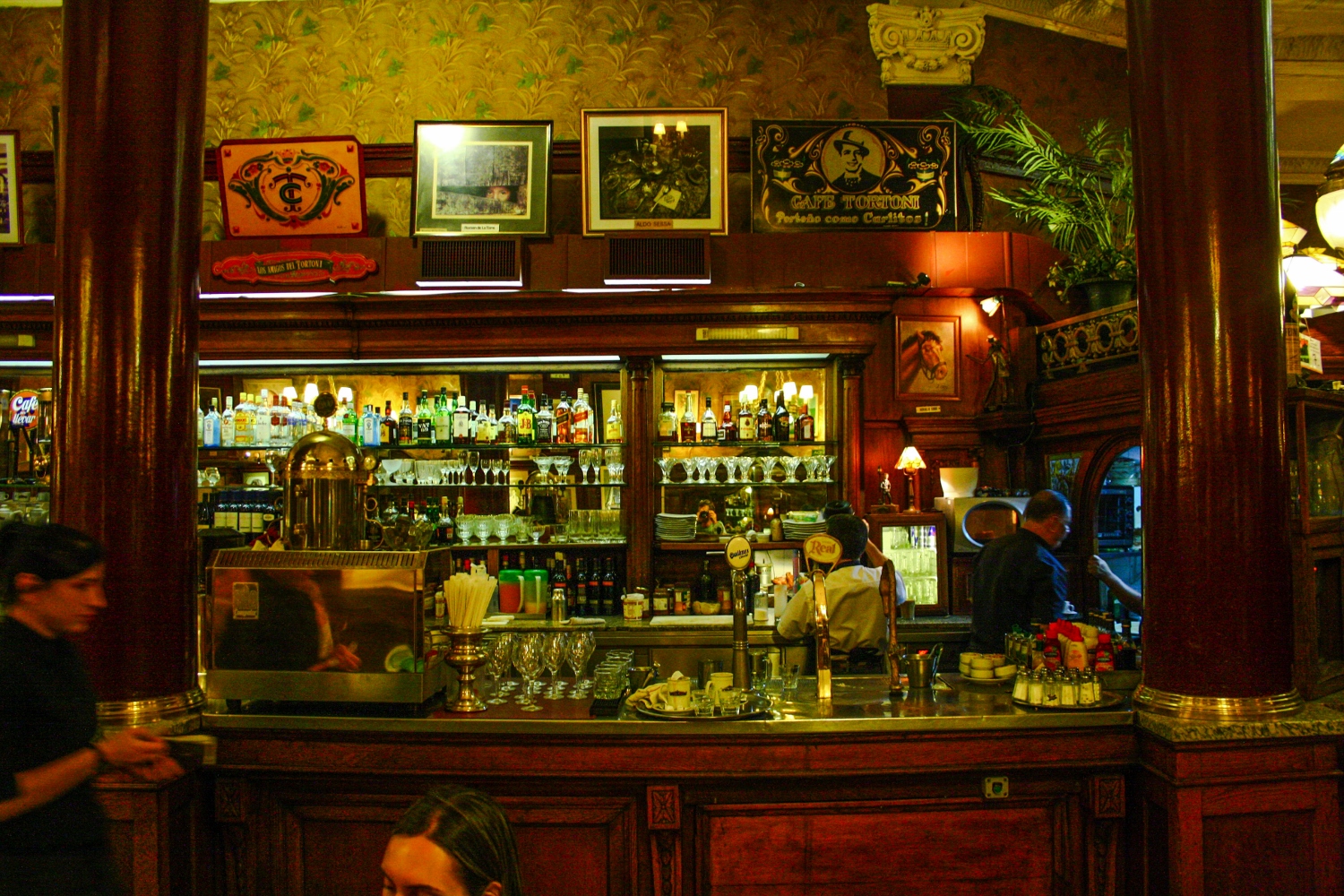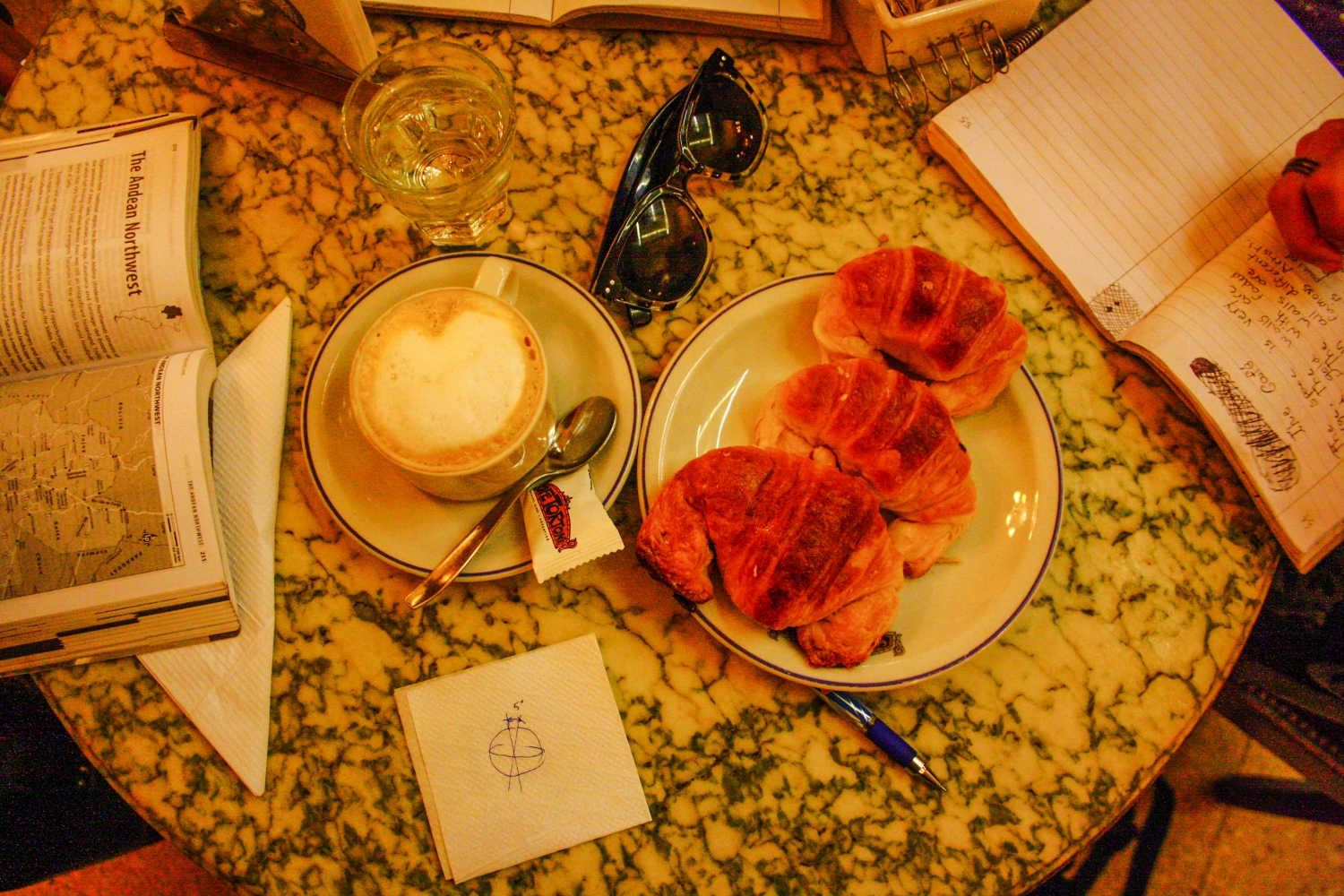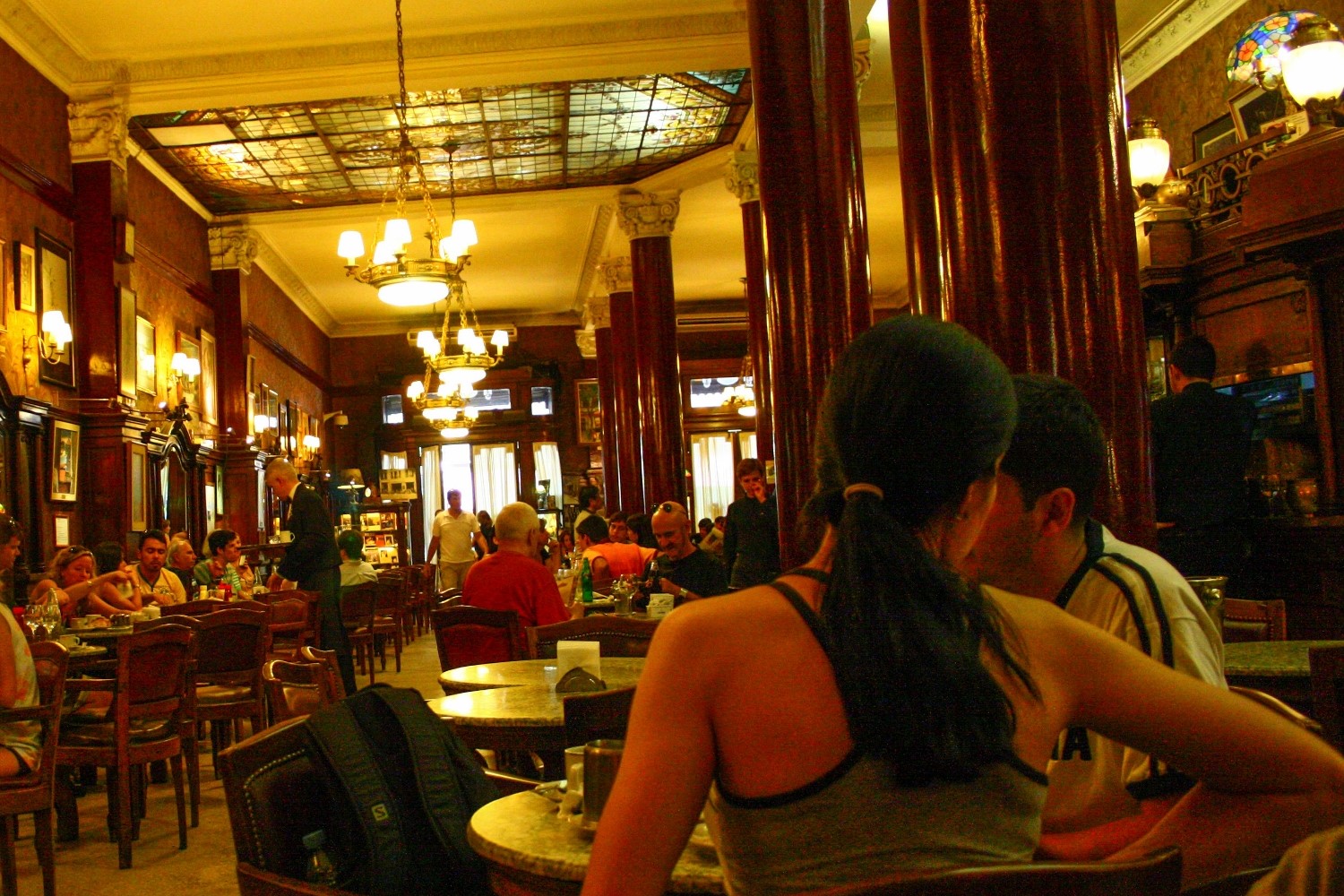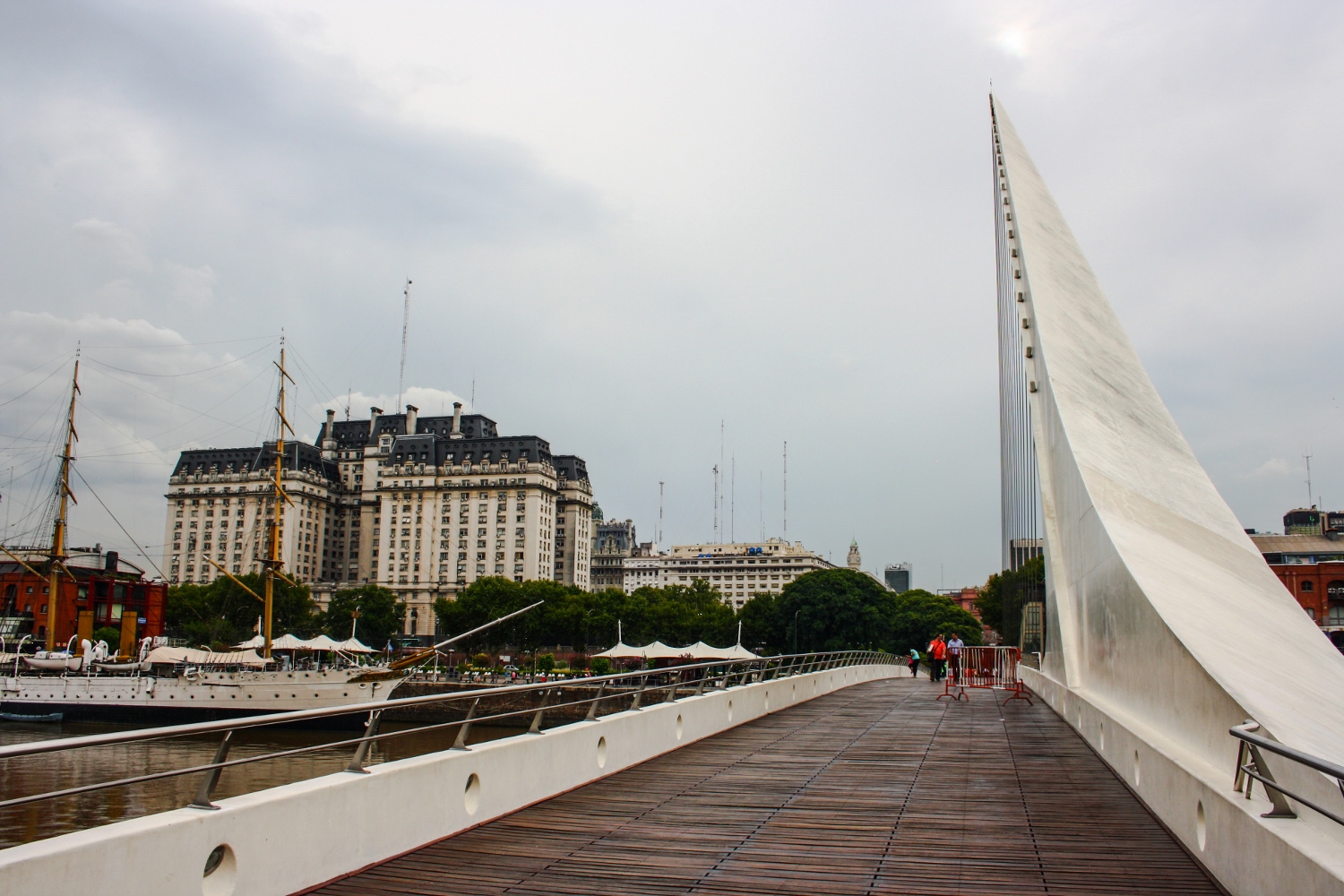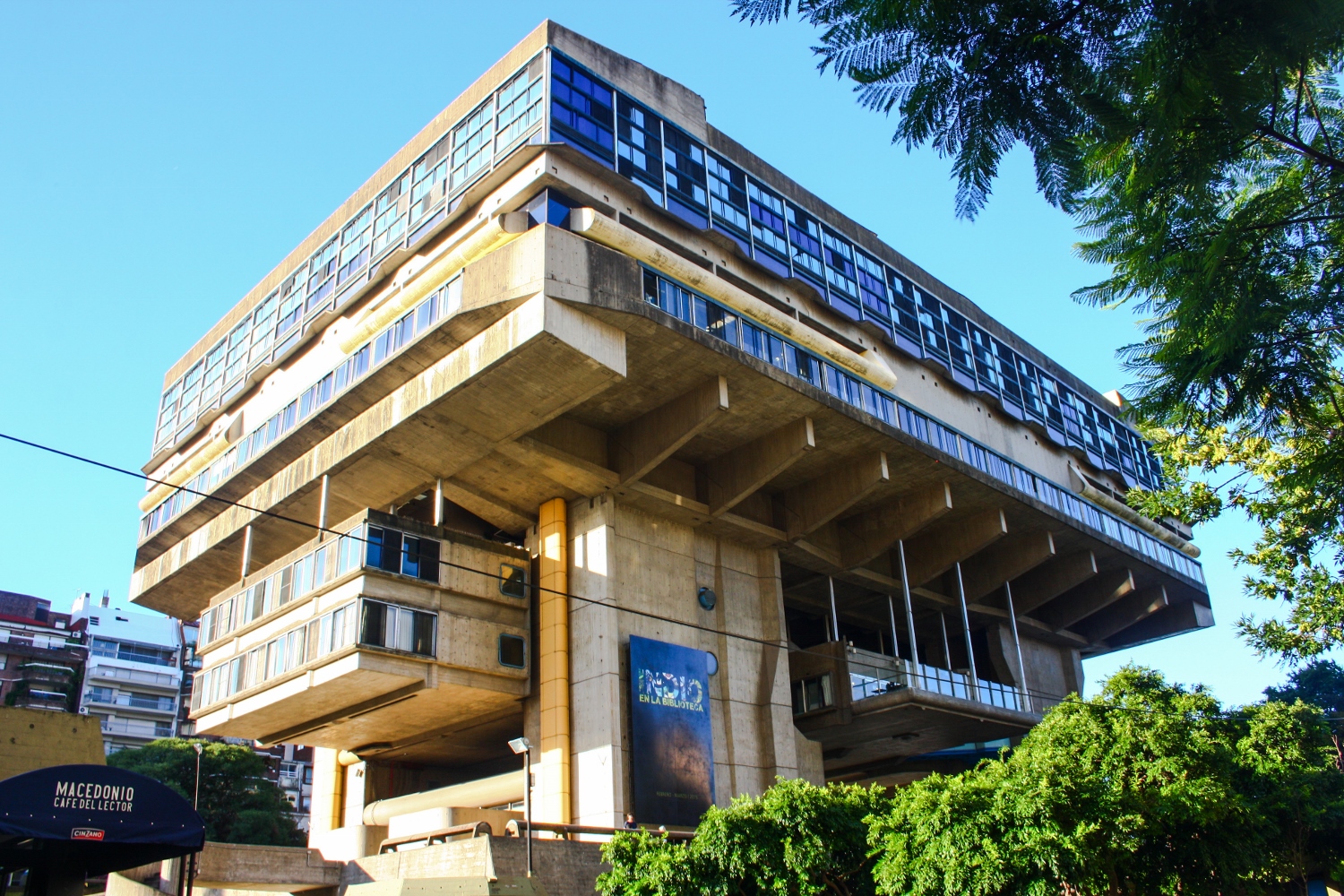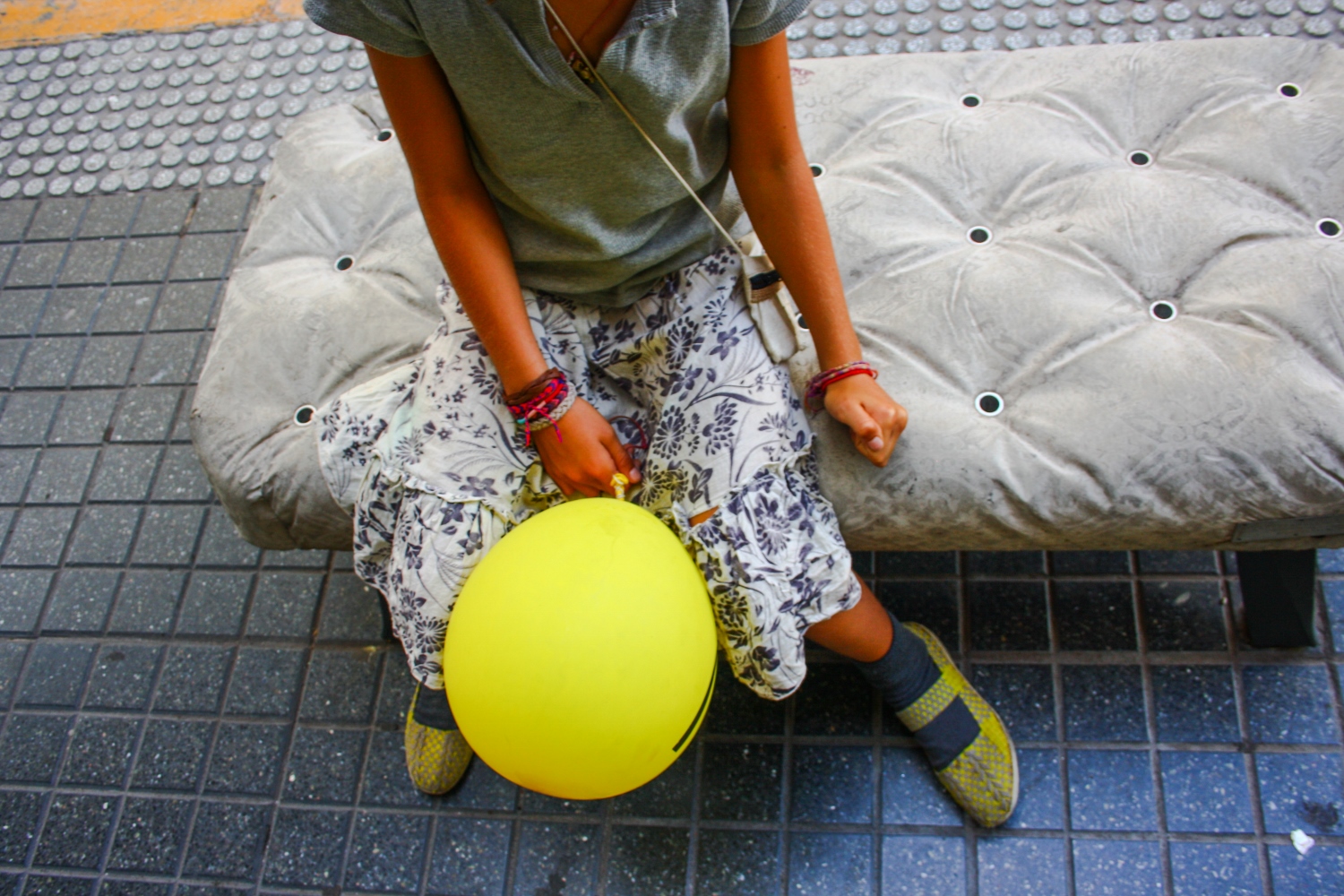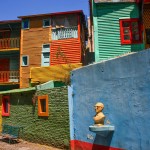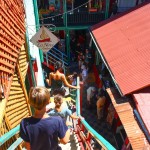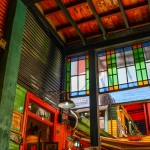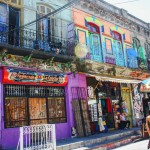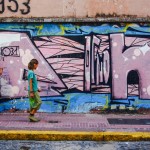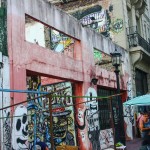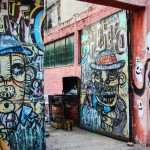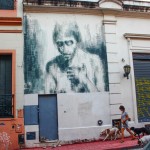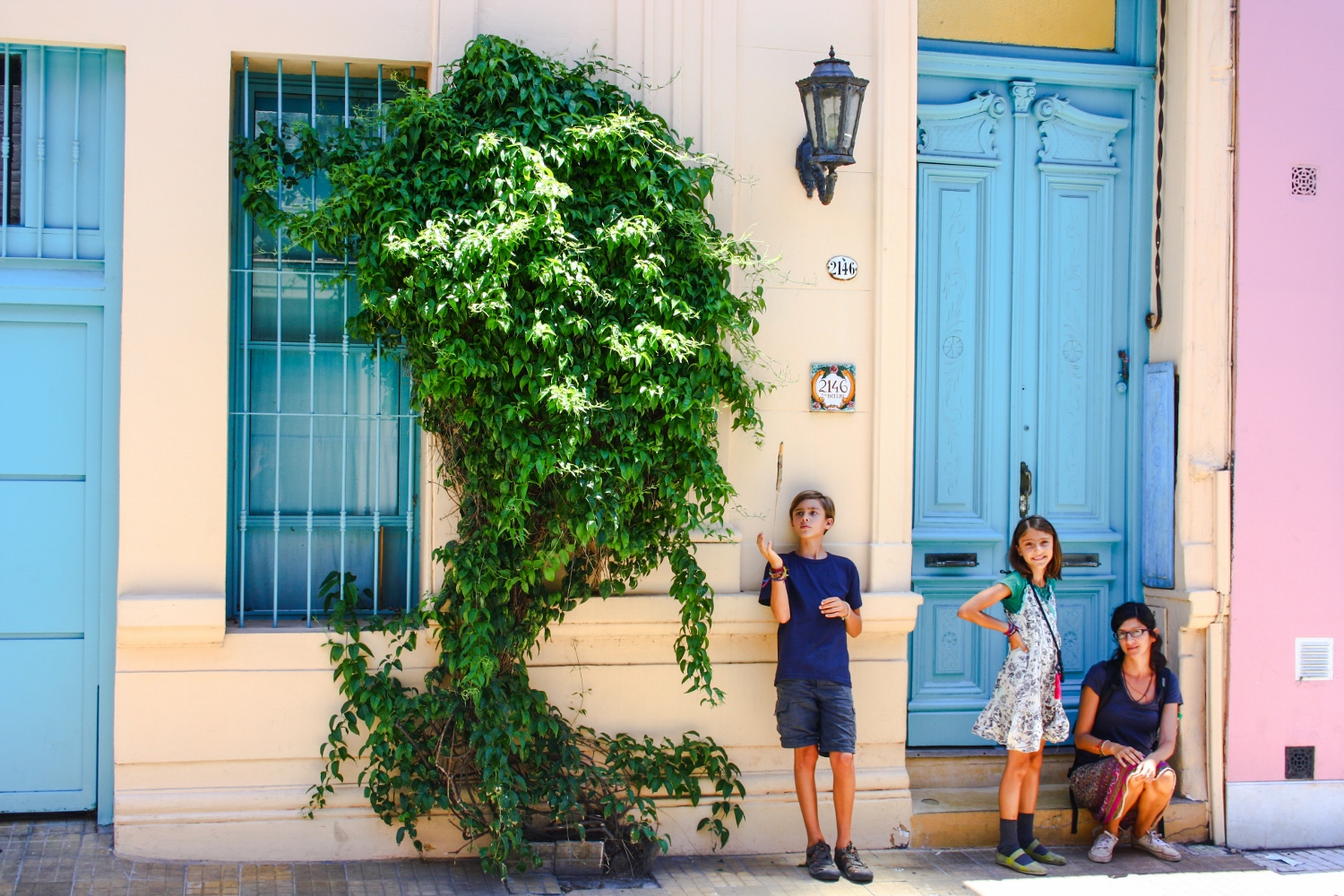When we started on our trip I thought that I will be writing mainly about architecture and it turned out that I don’t have even one post devoted to my and Kuba’s profession. Shame! to use my favorite South African expression. Please allow me to get a go at architecture, starting with Buenos Aires, the city whose stunning buildings feature door handles as cool as the one above ~
The main draw of Buenos Aires is without a doubt its architecture. Most of the impressive edifices in the city center were built during the economic boom year of 1880 till 1920 and thus reflect the popular neoclassical style of the times. Italy and France were the main influences giving the Argentinian capital a striking European feel. Outside the center each neighborhood has a unique look and each building differs from the others, but again with a few exceptions they all feel quite European.
So I won’t bore you to death I will pick a few of my favorite spots, starting from the heart of Buenos Aires – Plaza de Mayo and Casa Rosada. This was not my favorite part of the city, but this is the most iconic spot of the capital so it can’t be omitted. This is also where most of the visitors start their introduction to the city. As far the locals – this is where they come to bang pots and publicly express their discontent with the politics, politicians, the high inflation or with whatever is bugging them at the moment. I have to admit that I can’t make sense of the Argentinian politics, it is all quite confusing. One thing is clear though – the disgruntled citizens of the city don’t silently consume whatever their politicians serve them! Plaza de Mayo is where they come to be heard.
Casa Rosada, Balcarce 50
Casa Rosada is the executive mansion and office of the President of Argentina, something like the White House, but different. It is baby pink, not white. The president doesn’t live here and the building is open to the public on weekends and can be visited on a free tour. Casa Rosada is not exceptionally interesting but it creates a feeling of intimacy between you the outsider and this new nation you are about to get somewhat familiar with. It is pretty neat that we were allowed to walk around the actual office of la presidenta of Argentina and see some memorabilia of the ever present Evita Perón, like one of her tiny dress outfits exhibited with love.
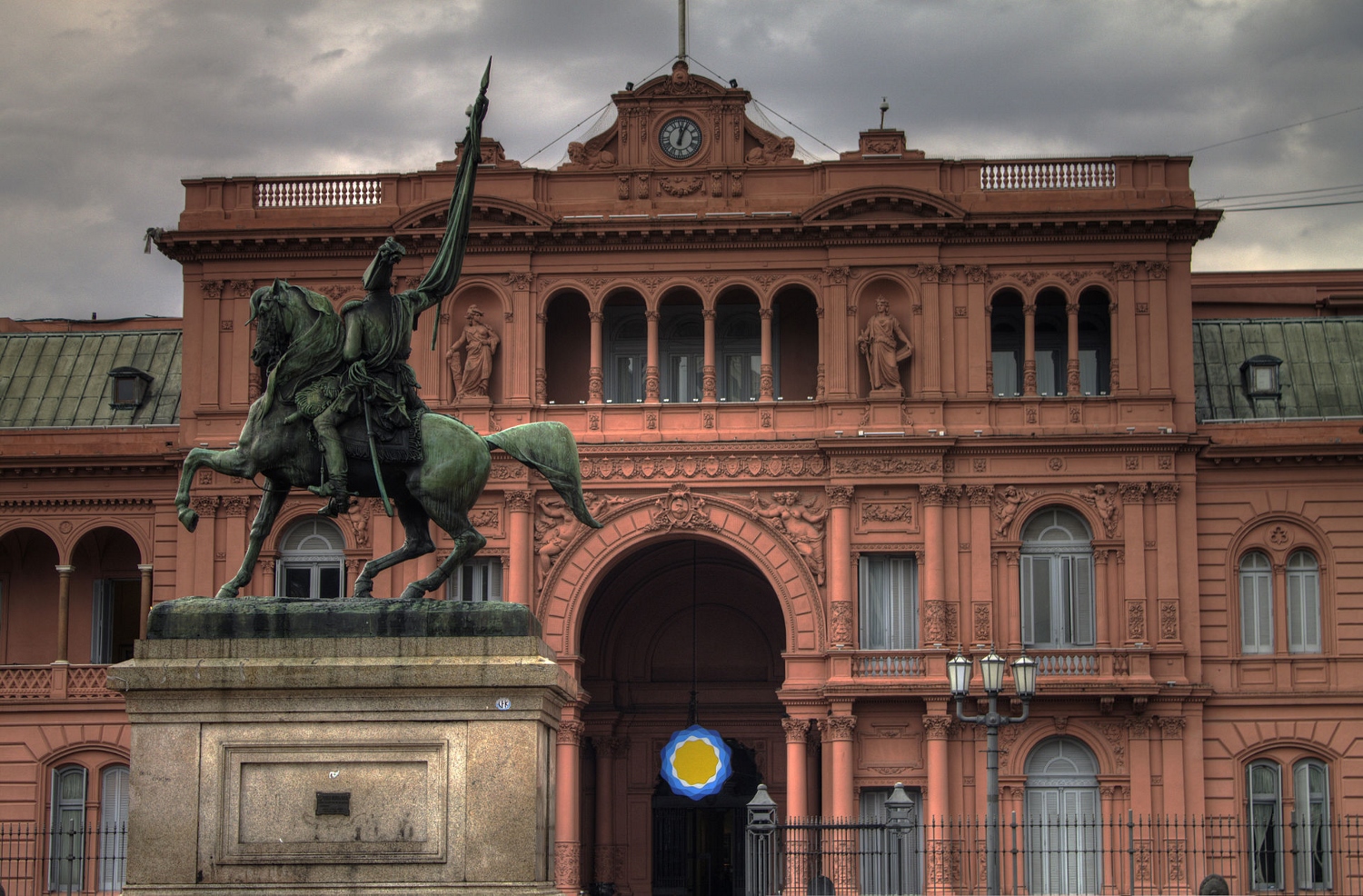
Recoleta Cemetery, Junín 1760
Recoleta Cemetery is a walled off city block jammed packed with elaborate mausoleums of the rich and famous. It is the most expensive real estate in the city and one of the most interesting places to visit. The place is seeped in history and is dropped dead gorgeous! One can spend a whole day walking around and admiring tombs and weeping angels. Warning: Don’t visit at noon when all the heat radiates from the stone pavement and marble walls! We could barely move along the skinny alleys as hot as ovens:( Also, a tour would have been great as there were so many stories buried around, but our timing was not right for the English tour so we just wondered around. It was our first day in the city and we didn’t care for doing anything much, except for surviving the heat.
Image from the Internet
Evita Perón’s tomb is here and the story of how her body got to Recoleta is like a latin soap opera. It is ironic that the woman representing the poor got to rest for eternity in the most exclusive spot of Buenos Aires. To cut the long story short, after her death her body was hijacked and sent into exile in Europe by the anti-perónist military and buried in Italy under a different name. 19 years later the remains were then taken to Madrid, Spain, then after two years back to Buenos Aires where Evita was buried next to Juan Perón in the presidential palace . Evita and Juan Perón only rested next to each other for two years before another military coup took over and wanted the remains out of the presidential palace. Evita was then moved to her father’s family crypt in the upscale Recoleta cemetery. This pissed off the upper class as she was despised by the rich. Fortunately her remains were secured 15 feet underground and covered by layers of cement and steel to stop any vandals from desecrating the tomb. Phew…
Today Evita’s tomb is the most visited one in Recoleta Cemetery.We were too hot to wonder around to find it. Good reason to come back one day:)
Palacio de Aguas Corrientes (The Palace of Flowing Waters) Avenida Cordoba 1950
And here is where Buenos Aires really amazes. This French Renaissance palace was designed as a water pumping station in 1894! Yes you read it right. The building was commissioned to replace an unsightly water tower and to this day it still functions as a pumping station housing enormous water tanks and pumps. What a better way for the Argentinians to exhibit their enviable 19th century wealth! The water station is covered in over 300,000 glazed, multi-color terra cotta tiles imported from the renowned British ceramics maker, Royal Doulton. The level of detail is mind boggling. There is a small water museum inside and also locals can pay their water bills, or at least this is what I decided after observing for a little while.
Theatro Colon, Cerrito 628
Argentinians are really proud of their Theatro Colon. They claim that it is the theatro with one of the best acoustics in the world. I can’t vouch for that, but I can reassure you that the one hour tour is absolutely worth every penny. Don’t judge this book by its cover – the exterior of the building doesn’t give any clue of the spectacular glamour inside. The Theatro is after all where the super rich and famous showed off their new outfits and loaded wallets 🙂
El Ateneo Grand Splendid, Avenida Santa Fe 1860
Another amazing architectural jewel that was successful turned into one of the most beautiful bookstores in the word. I love that even though the function of the theater was completely transformed, the architects managed to preserve the feeling of the grand space intact. If I lived in Buenos Aires I would probably hang in here a lot, especially given that one of the best heladerias Volta (ice cream shops) is next door. Argentinian ice cream might be better than Italian gelato, I am not throwing this compliment lightly. It is NOT to be missed. Enough said.
Galerías Pacífico, Intersection of Florida Street and Córdoba Avenue
Florida Street is one of my least favorite streets in the city. It is a crowded pedestrian thoroughfare lined with shops and too many people waiting on corners and harassing us to exchange our dollars (if we only knew there was such a thriving $ black market), BUT then the street has the magical Galeria Pacifico. Now, if you are rich you can come to shop here. What we did was gawk at the frescoes and strolled around taking this amazing space in. The Beaux Arts building was designed by the architects Emilio Agrelo and Roland Le Vacher in 1889 to accommodate a shop called the Argentine Bon Marché, modelled on the Le Bon Marché in Paris, another example of the Argentinian obsession with French Architecture.
Fundacion PROA, Avenida Don Pedro de Mendoza 1929
This must be my favorite building in Buenos Aires maybe for the fact that it is a successful historic adaptation of an existing 19th century house into an iconic landmark for contemporary art. When we visited the exhibition featured the work of Cai Guo-Qiang. He paints with dynamite on paper that he covers with cardboard and then lights, surrendering to the unexpected results of this media and turning the whole artistic process into a happening involving many people. Watching the process of his art was as cool as admiring the final results of his play with fire.
If you are not interested in art you can still have a blast having lunch on the rooftop terrace or flipping through art books in the bookstore. Fundacion PROA is enough of a reason to visit La Boca – the historic neighborhood of the poor that is nowadays somewhat of a kitschy tourist trap.
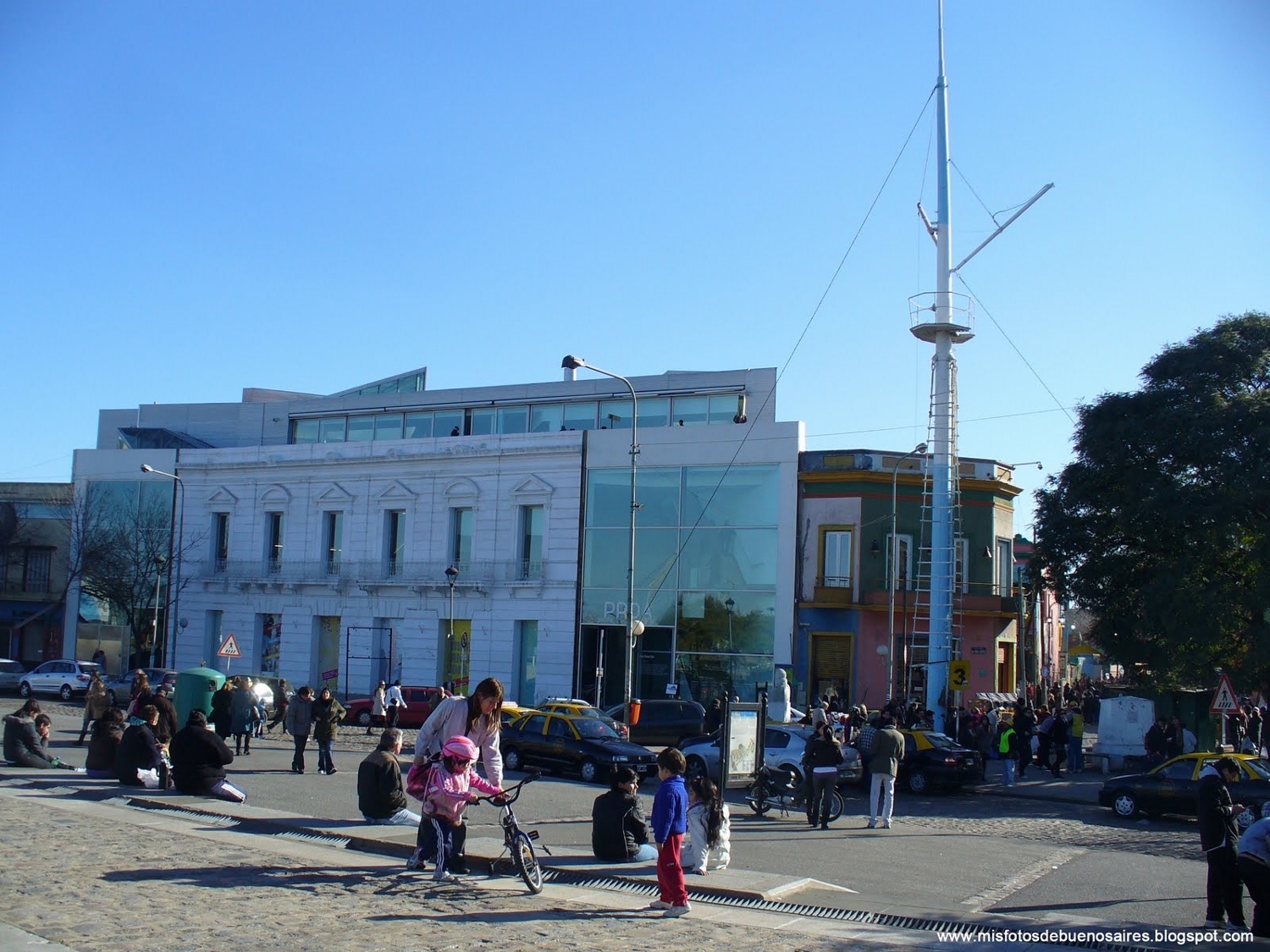
Museo de Arte Latinoamericano de Buenos Aires (MALMA), Av. Figueroa Alcorta 3415
MALMA is another proof that Argentinians excel at modern architecture. In this case the white shell of a building became unforgettable for us because of the excellent art exhibition inside. Here we were introduced to Antonio Berni. Our kids joined the throngs of Argentinian children and adults all spellbound by his colorful art.
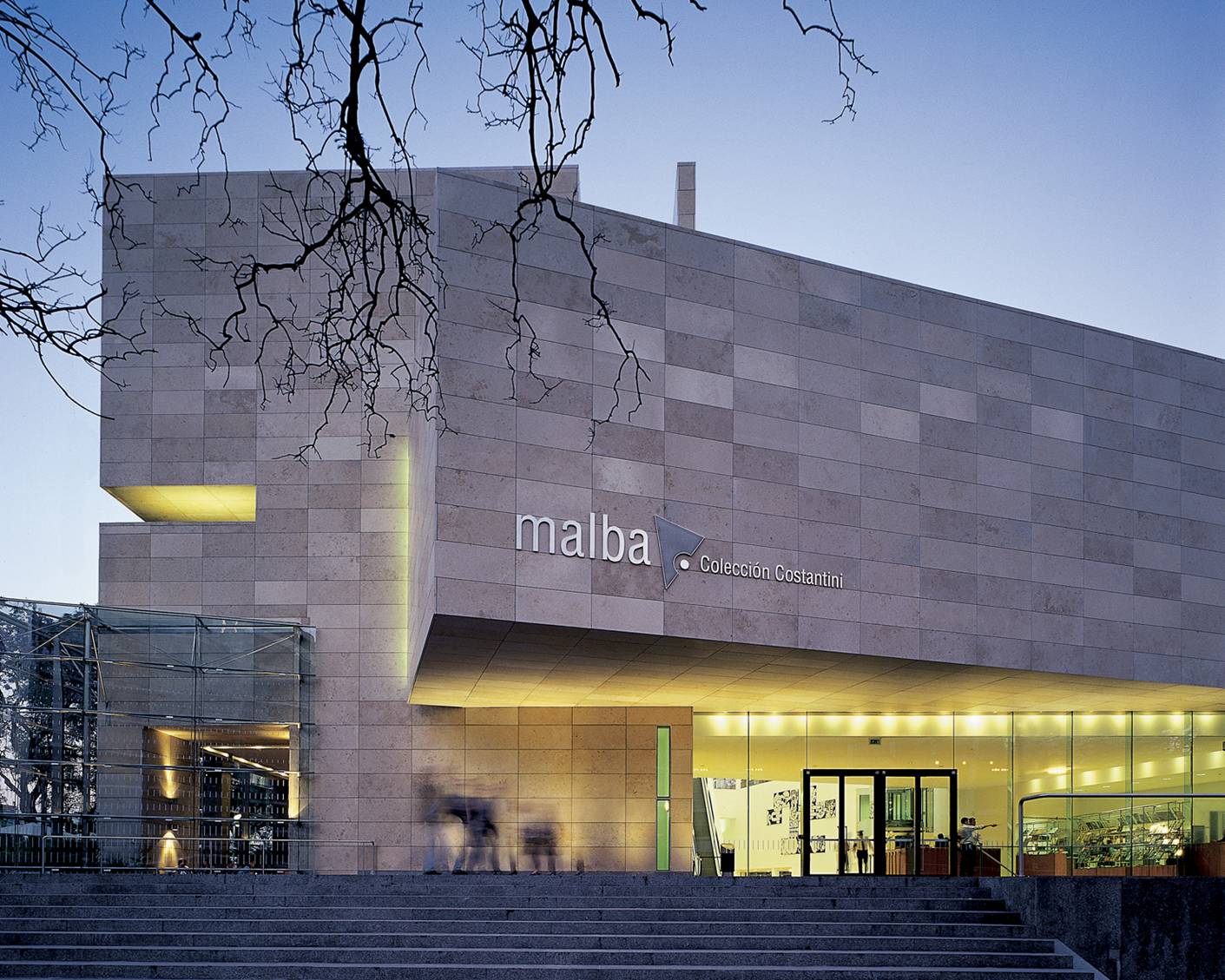
Café Tortoni, Avenida de Mayo 825
Kuba has been begging for the traditional Argentinian breakfast of café con leche y medialunas (coffee with milk and croissants) and what a better place to have this treat than here, in one of the most iconic coffee houses in the city. The café itself was Inspired by Fin de siècle coffee houses and these days there is a crowd outside waiting for a table (probably all tourists). Once you get in though you can nurse your coffee for hours in a typical Argentinian fashion.
Puente de la Mujer (Women’s Bridge)
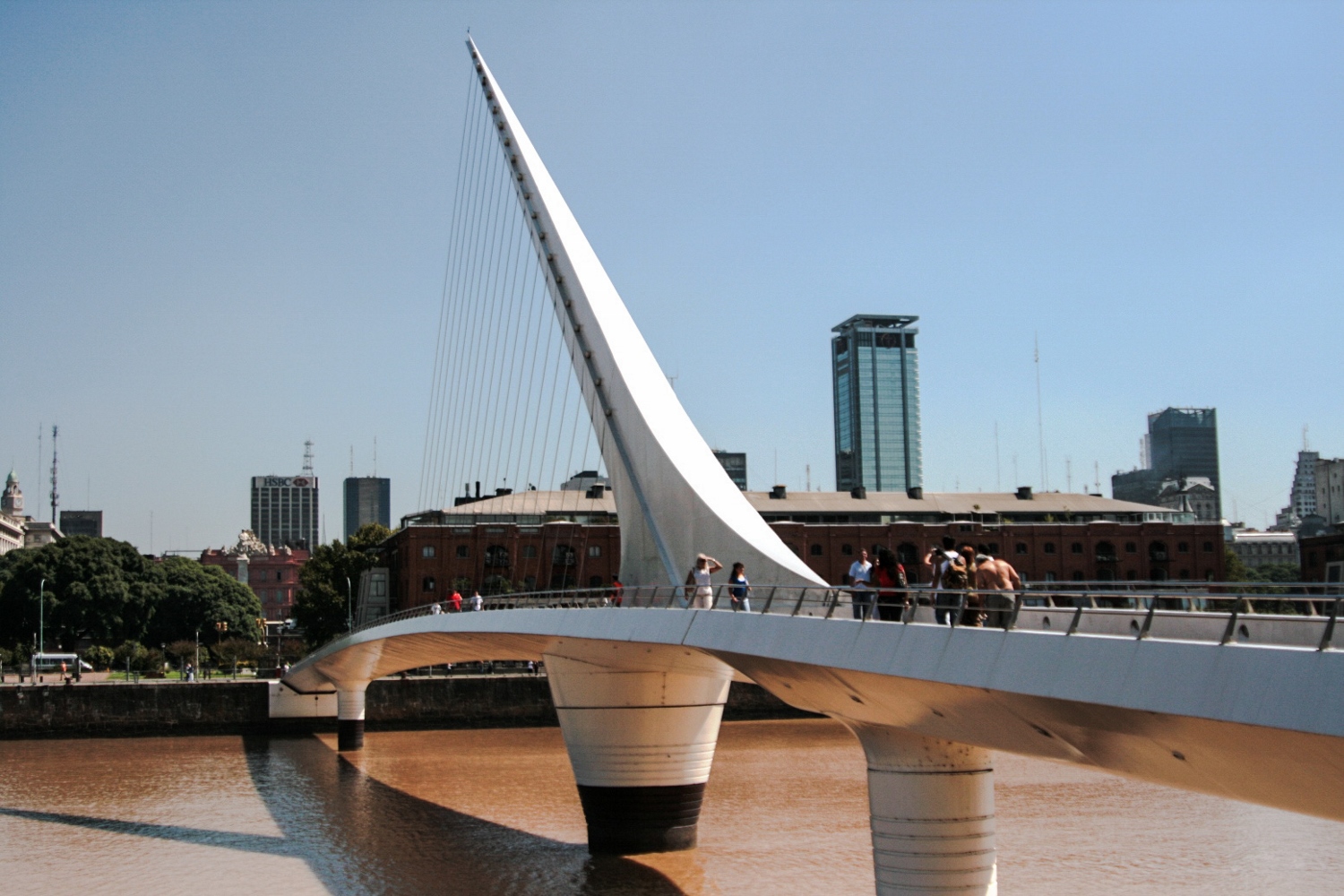
The pedestrian bridge is part of the revitalization of the Puerto Madero Waterfront. This is where you will find glassy skyscrapers, high rise residential buildings and fancy restaurants. I could live without seeing this part of the city except for the cool ship loading structures painted in bright colors and the giant water geiser that provided our kids with an hour of entertainment.
Puente de la Mujer is the only bridge of Calatrava in South America. It took us a while to figure out that it rotates on its axis. Wiki confirmed that the bridge ‘rotates on a white concrete pylon, allowing vessels to pass in less than two minutes. This central section is supported by a steel “needle” with a concrete core, about 34 m high. The “needle,” inclined at a 39° angle, anchors suspension cables which support the central span. A computer system at the eastern end of the bridge operates the turning mechanism when required.’
The architect describes the design as a synthesis of a couple dancing tango. I couldn’t see that, but I could see that the bridge needs repainting and better pedestrian connection with the Casa Rosada and the micro center. Still, it is beautiful in a way only a Calatrava bridge can be.
National Library of the Argentine Republic, Agüero 2502
The National Library is located at the site of the Unzué Palace, the official residence where President Juan Perón and his late wife Evita resided. Following a politically motivated demolition of the Unzué Palace in 1958, the grounds were designated for the library’s new main building. The structure was designed in 1961, though construction did not begin until 1971. The new library was finally inaugurated on April 10, 1992, reflecting changes in government leadership and bureaucracies, along with certain indifference towards cultural matters. One thing is certain though- this brutalistic monster of a building demands attention and won’t leave you indifferent. My opinion? I think that the building fits the its site well, but it needs a face lift to freshen up its tired face.
We couldn’t go inside because it was the end of the day and the library was closed, but we were given free hugs at the entrance by a group of huggers.
What else caught my attention in Buenos Aires?
Cool street furniture. The one below is a modern take on the tradition rococo bench made of concrete, so sit carefully. It looks deceptively plush.
Colorful neighborhoods like La Boca ~
Artsy ones like San Telmo~
Cool chic ones like Palermo ~
And so much more…
~ M.
*Disclaimer: For the two weeks we spent strolling its streets we just scratched the surface of Buenos Aires architectural treasures. It will probably take a lifetime to fully appreciate them all…

